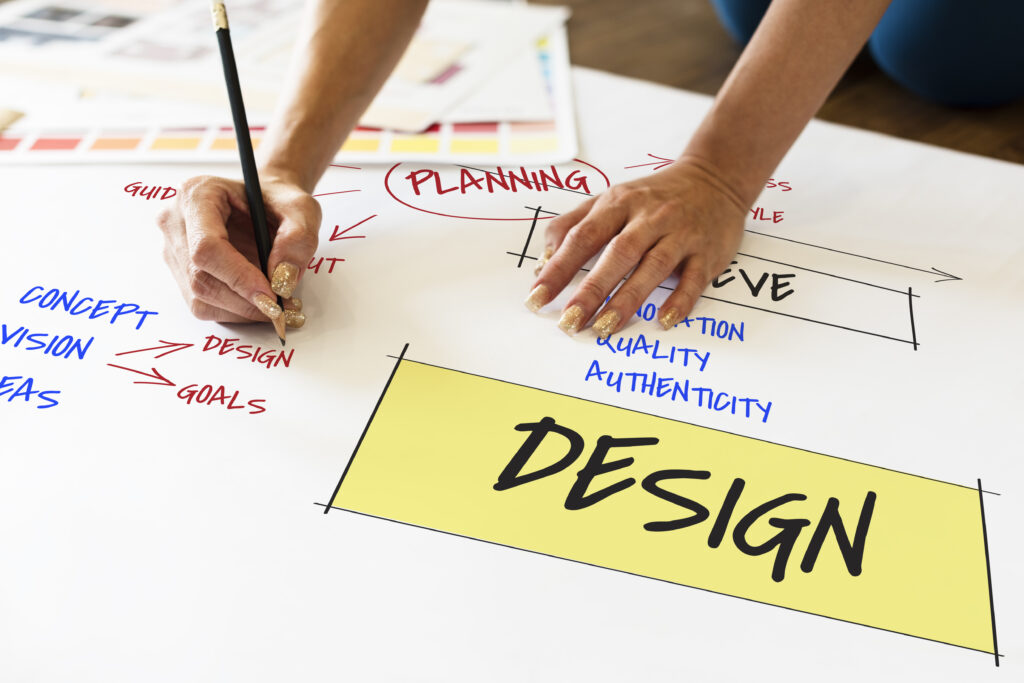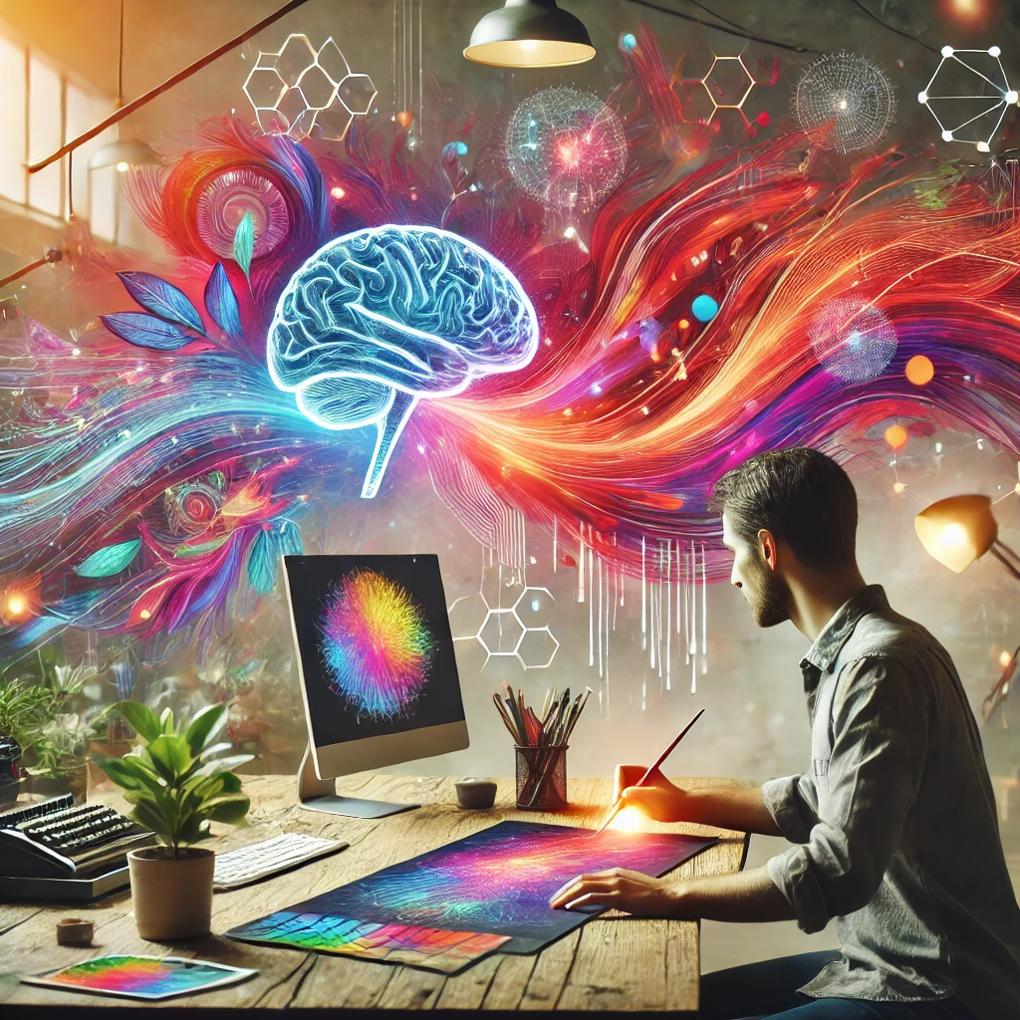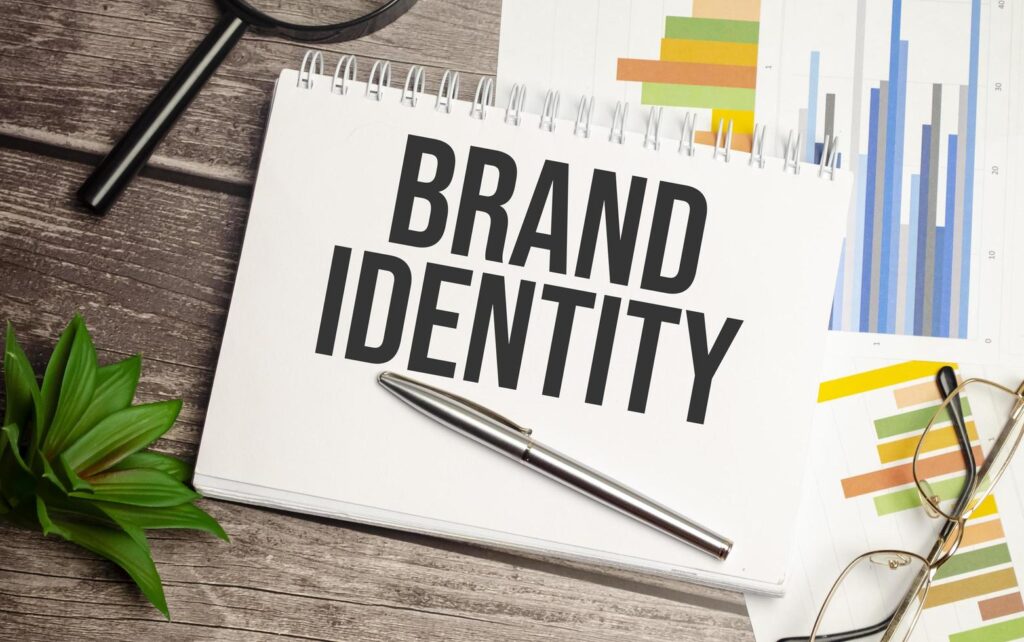Whether you’re just starting out in the Creative field or are a marketer collaborating with creatives, it’s helpful to have some knowledge of graphic design terms.
Did you ever nod your head in agreement when someone said, “Let’s adjust the kerning,” but you had no idea what they meant? You’re not alone.
Here, in simple English, are fifty design terms that every graphic designer should be familiar with. These Terms will allow you to talk design with ease, whether you’re in the Recruitment process, aspiring to be a professional, or a designer.
Design Fundamentals
- Font: Creating legible and visually appealing text layouts is an art form in and of itself.
- Font vs. Typeface: A set of letters (like Arial) is a design, while a font is a file. See it as a comparison between a CD and an MP3.
- Kerning : The distance between each letter.
- Guiding: The distance in vertical direction between text lines.
- Tracking: Sets the line spacing so that words or paragraphs are uniformly spaced.
Layout & Composition
- Grid System: A framework that designers use to organize things in an organized way.
- Making a Line: The arrangement of elements on a page, whether they be text or symbols.
- Hierarchy: The hierarchy of visual elements that lead the eye.
- Empty space: The vacant space that allows designs to breathe is sometimes called negative space.
- Equality: The distribution of visual elements.
VISUAL ELEMENTS
- A Color Wheel: Color palettes are used in design to create an impression.
- Comparison: The disparity between pieces to create visual appeal.
- Overconsumption: The perceived intensity of a color.
- The degree of privacy: How see-through a design element is.
- Determinant: A smooth transition between hues.
TERMS USED IN BRANDING
- Logo: A logo is a mark or symbol that stands for a brand.
- Brand Identity: It consists of its logo, colors, and fonts, which together convey the brand’s character.
- Guide to Style: A document that specifies the proper usage of brand graphics.
- Prototype: This is a realistic mockup of the design in its intended setting, such as a product or billboard.
- The Schematic: An unfinished plan for a website’s or app’s structure
DESIGN TOOLS & FILES
21. Vector Graphics—created with paths instead of pixels—enable high-quality scaling.
22. Radar: Picture files consisting of individual pixels (such as photographs). Their quality degrades when they are magnified.
23. Resolution: A picture’s granularity. Quality improves with increasing resolution.
24. Dot-per-inch (DPI): Resolution for printing. 3000 dpi is the industry standard for good print quality.\
25. RGB and CMYK: RGB refers to display devices, while CMYK stands for publishing materials.
PICTURE AND VISUAL EFFECTS.
- Img from Stock : You can license this pre-shot photo.
- Cover : Various tiers in photo editing programs like Photoshop. Imagine them as layered sheets of transparent material.
- Masking : Removing or showing portions of a picture without causing any damage.
- Blur A blurring effect that adds or subtracts depth.
- Dim the Lights: A depth effect created by casting a shadow behind an item.
IDEAS FOR THE DESIGN
- Static Layout: No unnecessary textures or shadows; just a simple, 2D design.
- Skeuomorphism: Creating an appearance that is similar to that of actual materials (like a three-dimensional calculator).
- A minimalist approach: A minimalistic viewpoint on design.
- Appearance: A page’s attention-grabbing power.
- Point of Focus: A region designed to grab the attention of the observer right away.
PRODUCTION AND PRINTING
- Embrace : Leave some white space around your design so it won’t look trimmed off.
- Trim Size : How big your printed product will be in the end.
- Margin : The white space surrounding the text.
- Proof : sample print to review before final production.
- Color Spot : For accurate color reproduction, pre-mixed ink is utilized.
DIGITAL DESIGN
- Responsive Design: Designs that may be adjusted to fit various screen sizes.
- User interfaces, or UIs, are the graphical components of an app or website that users engage with.
- UX (User Experience): The way in which a product’s end users perceive and engage with it.
- First version: Early iteration of a product showcased through an interactive demo.
forty-five. - Call to Action (CTA): A prompt that encourages user action (e.g., “Buy Now”).
Also Read : Best Free Logo Makers in 2025: Top Tools for DIY Branding
FILE FORMATS
- JPEG: The JPEG format is used to compress images. Ideal for images, not so great for logos.
- PNG—An image file format that allows for transparency.
- SVG: Web logos benefit greatly from this scalable vector graphic.
- PSD file format, which is native to Photoshop and allows for editable layers.
- PDF: The format is versatile and it maintains the design and layout.
In SummaryIf you operate a business, want to be a designer, or are just trying to comprehend what your designer means when they talk about certain terminology, then you need to know what these graphic design terms mean.
By improving your communication skills, you will also begin to view design with a more knowledgeable and imaginative perspective.
Smart Tip: Whenever you’re working on a design project, make sure to bookmark this dictionary and refer back to it.


